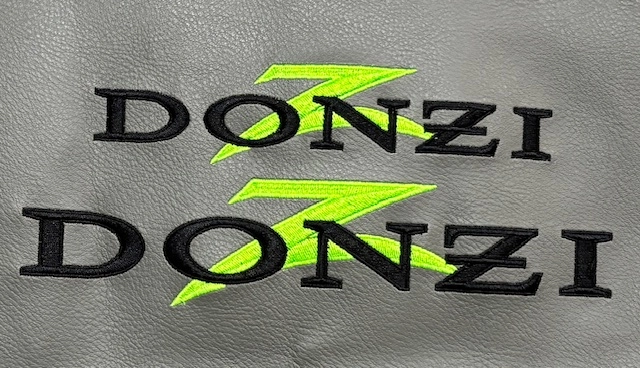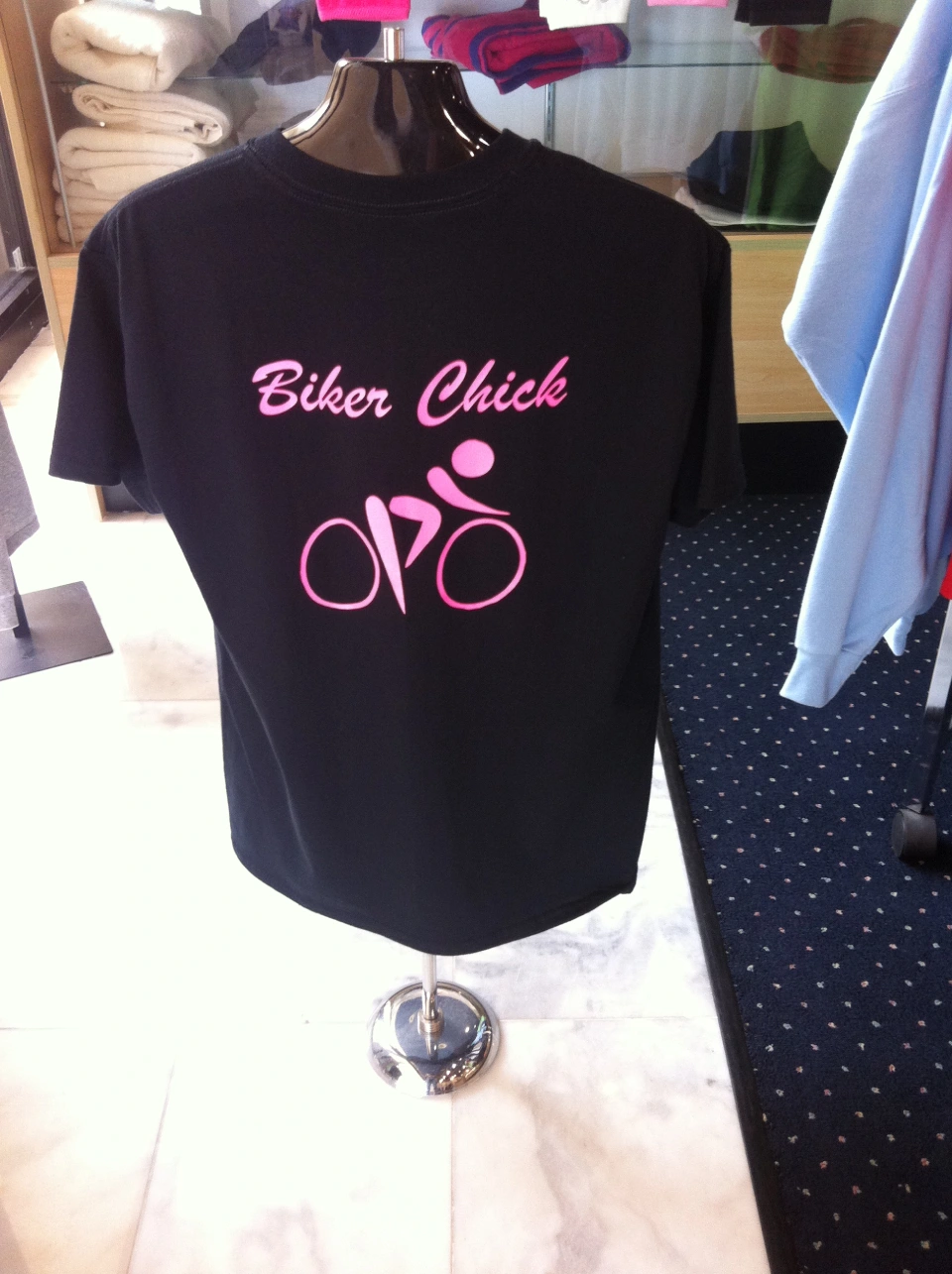The Art of Custom-made Needlework: Opening the Keys to Creating Unique and Remarkable Layouts
The tricks to creating personalized needlework styles that captivate the eye and leave a lasting impression lie in a fragile balance of technique, imagination, and interest to detail. As we dig into the globe of customized needlework, we uncover the nuanced interaction between string choice, stitch intricacy, and layout customization that raises a mere garment to a job of art.
Choosing the Right Needlework Threads
When choosing needlework strings, what key elements should you take into consideration to ensure the finest outcomes for your personalized designs? The choice of embroidery thread is essential in identifying the final outcome of your stitched layout. Among the main considerations is the material of the thread. Various materials such as cotton, polyester, rayon, and silk use varying levels of sheen, resilience, and structure. It is important to choose a string product that enhances the fabric you are embroidering on and straightens with the desired look of the design.
Thicker threads can include dimension and appearance to your style, while finer strings are perfect for detailed details and tiny text. Additionally, considering the shade fastness and washability of the thread is critical to make sure that your custom styles preserve their high quality and vibrancy over time.
Exploring Various Stitch Techniques
To dig right into the realm of 'Discovering Various Stitch Techniques', one have to understand the complexities and subtleties that each stitching approach gives the art of embroidery. Various stitch strategies not only include aesthetic passion but likewise add to the overall structure and measurement of the design. One popular stitch method is the satin stitch, which entails closely jam-packed parallel stitches to develop a smooth and shiny surface, perfect for completing shapes and producing vibrant outlines.
On the other hand, the backstitch is a flexible strategy often used for detailing and including great details. It involves sewing in reverse to create a strong line of embroidery. Additionally, the French knot stitch adds a tactile aspect to styles, best for developing textured accents like blossom centers or attractive touches.
Discovering various stitch strategies permits embroiderers to have fun with light, darkness, and depth within their styles, raising the visual charm and creative high quality of their embroidery jobs. By grasping various stitching methods, one can unlock endless possibilities for producing distinct and memorable customized needlework items.
Incorporating Personalized Design Aspects
Having explored the details of different stitch techniques such as the satin stitch, backstitch, and French knot, the emphasis now changes in the direction of including customized design aspects in custom needlework tasks. Customized design aspects play an essential duty in making embroidery jobs really distinct and remarkable.
Another means to incorporate tailored layout aspects is by including icons or motifs that hold unique meaning to the recipient or show their rate of interests and personality. As an example, including a favorite flower, pet, or hobby-related icon can make the needlework design more purposeful and customized. Furthermore, selecting shades that reverberate with the recipient or align with the intended style can additionally boost the customization of the embroidery job.
Understanding the Art of Shade Coordination

One trick aspect of color control is comprehending color concept. This includes recognizing how different shades connect with each other, the emotions they communicate, and just how they can be combined to produce aesthetically enticing designs. By applying shade theory concepts, embroiderers can develop harmonious color combinations that improve the overall appearance of the layout.
Additionally, focusing on comparison is important Go Here in color sychronisation. Utilizing contrasting shades can aid specific components of the layout pop, enhance legibility, and develop an aesthetically dynamic needlework piece. By understanding the art of color sychronisation, embroiderers can raise their layouts and develop remarkable items that reverberate with customers and bespoke shirt cost visitors alike.
Enhancing Texture With Advanced Needlework Stitches

Bullion knots, on the various other hand, can be utilized to develop twisted, ropelike elements that add an extravagant feeling to the needlework. Experimenting with these sophisticated embroidery stitches permits you to push the boundaries of typical needlework and create truly one-of-a-kind and visually appealing appearances in your styles.
Conclusion
To conclude, the art of custom-made embroidery entails a mix of choosing the best threads, discovering different stitch strategies, including individualized design components, understanding shade sychronisation, and improving appearance with sophisticated stitches. By comprehending and applying these vital elements, embroiderers can develop special and unforgettable styles that display their creative thinking and ability. Needlework enthusiasts can open the keys to producing beautiful and custom items that stand apart and leave a long-term perception.